![]()
![]()
![]()
Use LEFT and RIGHT arrow keys to navigate between flashcards;
Use UP and DOWN arrow keys to flip the card;
H to show hint;
A reads text to speech;
15 Cards in this Set
- Front
- Back
|
Elasticity
|
Measures how responsive or sensitive a buyer or seller is to a change in variable.
|
|
|
Price Elasticity of Demand Formula
|

^
|
|
|
Price Elasticity of Demand is greater than 1 :
|
Demand is Elastic
|
|
|
Price Elasticity of Demand is less than 1 :
|
Demand is Inelastic
|
|
|
Price Elasticity of Demand is equal to 1 :
|
Demand is unit elastic
|
|
|
Ed = perfectly elastic
|
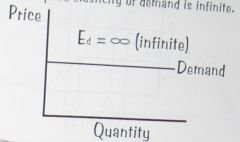
Demand is extremely sensitive to a price change. Any change in price will cause demand to fall to zero. The index for the price elasticity of demand is infinite.
|
|
|
Ed = Elastic
|
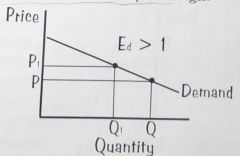
The slope of the demand curve is more flat which indicates that the quantity change in demand is greater than the price change. This indicates that buyers are very responsive or sensitive to price changes.
|
|
|
Ed = unit elastic
|
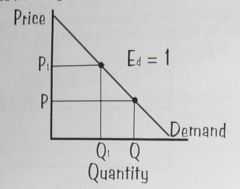
The quantity change in demand is the same as the price change. A price change will elicit a neutral response from buyers.
|
|
|
Ed = Inelastic
|
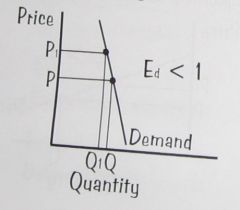
The slope of the demand curve is more steep which indicates that the quantity change in demand is less than the price. This indicates that buyers are not very responsive to a price change.
|
|
|
Ed = Perfectly Inelastic
|
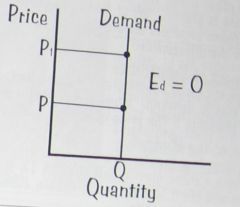
Demand is extremely unresponsive to a price change. The quantity stays the same regardless of the price change. The index for the price elasticity of demand is zero.
|
|
|
Factors that make the price elasticities of products different:
Closeness of Substitutes |
If there are close substitutes for a product, it will have a more elastic demand. Buyers can easily switch to other products if the price changes.
|
|
|
Factors that make the price elasticities of products different:
Share of the Budget |
If an item is a greater share of a consumer's budget, it will have a more elastic demand. A 1% rise in coffee prices will elicit less response than a 1% change in the price of an automobile.
|
|
|
Factors that make the price elasticities of products different:
Necessity or Luxury |
Consumers are less responsive to changes in prices of necessities like food and more responsive to price changes of luxuries such as prices of boats and jewelry.
|
|
|
Factors that make the price elasticities of products different:
Time |
The demand for gasoline in the short term is almost perfectly inelastic. Over a longer time period, consumers will more significantly change their behavior to reduce thier demand.
|
|
|
Income Elasticity of Demand
|
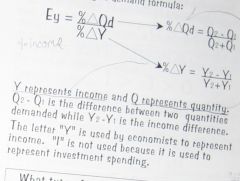
This index measures how demand or consumption of a good or service responds to changes in income. Depending on the type of product, demand can rise or fall with income changes.
|

